By:
What is Physics?
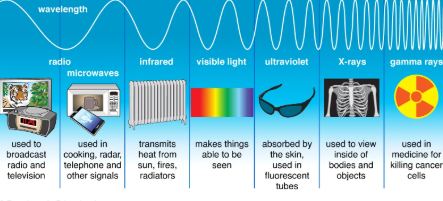
In our world, there is a lot of stuff, and all that stuff is made of matter, which everything in our world is made of. But matter has a lot of different ways of interacting with itself, which can make things confusing to understand. Luckily enough, physics can help us find out why it does the stuff it does.
Physics is the science that uses the rules of matter and how it interacts with other forms of matter. These principles help us explain things like everyday forces in our lives to how the universe functions as a whole!
While they are both extremely important to the world around us, chemistry and physics aren’t the same thing, which is a common misunderstanding. They both have to do with our world at the smallest level, but they tackle different parts of how it works. Chemistry is more of the what factor: it explains what each form of matter does and how matter organizes itself. Physics is the how, in the sense that it lays down the rules for how everything happens. Nevertheless, chemists and physicists, people who work with chemistry and physics, respectively, often collaborate and work together.
Speaking of physicists, as said before, they are the people who work with physics by studying existing theories and defining new ones that weren’t understood before. Once in a while, a physicist discovers a new theory to make our understanding of some part of the world deeper. This means they use the scientific method, which is a systematic procedure to find relationships and patterns, on a regular basis.
Because physics lays the framework for most everything, it ties in with other branches of science to a large degree. Physics gives the background logic for a lot of them, especially the physical sciences.
Its extension over all the branches of science means that it has a lot of its own fields. Some big examples include mechanics, which deals with the motion of objects, thermodynamics, how heat works, astrophysics, which handles space, and electromagnetism, studying how certain points in space have properties to them.
Physics is such a prevalent part of our lives, it could even be said that it provides the backbone and basics for the functionality of our universe. Its large reaches into science as a whole makes it an epic treat to take a deeper look at.
The Latest News:
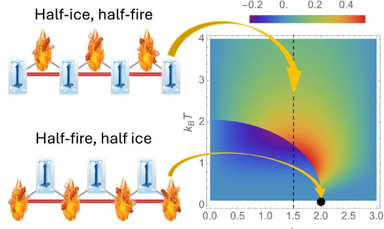
On April 6th, 2025, 2 physicists (Weiguo Yin and Alexei Tsvelik) discovered a new phase of matter (liquids, solids, or gases) at the U.S Department of Energy’s Brookhaven National Laboratory. An electron is one of the smallest units in our universe, and is negatively charged. This new phase of matter contains unique electron spins–instead of just simple up and down spins there are hot and cold temperature spins. Electron spins are when electrons act like magnets and appear to be spinning. This new phase has been named to be “half-ice” and “half-fire” due to its special ability to switch between states of matter at a specific temperature. This is an incredible new discovery and is important because understanding the transition between phases and states are crucial in studying matter within physics.

History:
When physics was at its baby stages, it was first thought of as a ‘philosophical science’, which is the science of observation. Aristotle was the first to dive deep into the logic behind the world in around 300 BCE in Ancient Greece. Galileo later came along during the Renaissance, and using actual math, proved that physics was a science, while also supporting Aristotle’s theories. Together, Galileo and Aristotle’s theories eventually came up to the discovery of inertia, a property of matter that resists change to a thing’s movement. Copernicus, another scientist who came right after Galileo, added on to Galileo and Aristotle’s theories, eventually using them to propose that the Earth spun around the Sun, which was the complete opposite to what most people thought at that time. Sir Isaac Newton came along in the late 1600s and laid down the three laws of motion and gravity, both proving to be some of the most influential physics theorems ever. Many physicists later were able to add this on to how space functioned, but the biggest contribution to modern physics was the theory of general relativity, published in 1907 by Albert Einstein by Albert Einstein. This theory showed how gravity, space-time, and the speed at which light travels are connected, our understanding of modern physics. However, there hasn’t been anything else established since then, so things are slowing down in terms of this branch’s development.

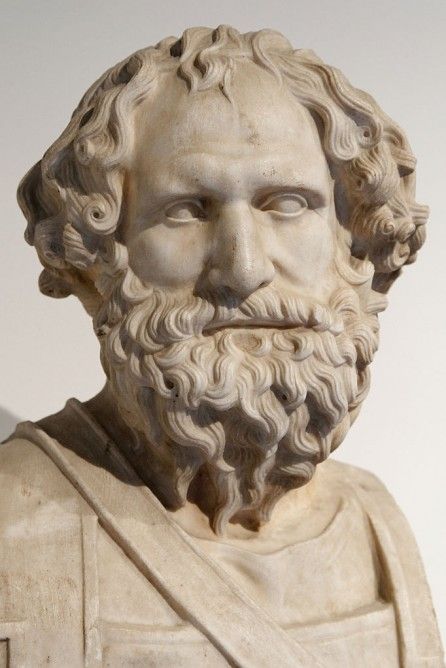
Career:
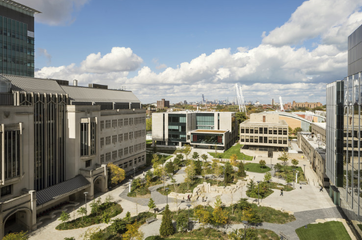
Have you ever thought about physics as a career? Well, you should! Physics explains how a lot of things work in our world, and it’s a great thing to consider for life! A physicist will deal with all types of matter and energy, and their work goes from basic research to the fundamental laws of nature. Interesting, right?
Like most subjects, physics has its own subcategories, all of which you can study for a career. Categories include: Motion, Waves, States of matter, and Energy. Studying Motion in physics can include things like analyzing how objects change positions over time, or the dynamics of forces. Waves in physics are special! They aren’t made up of matter and they aren’t physical objects that have mass, but rather things such as sound or light and things that we can perceive or interact with. They basically carry energy! The states of matter are interesting, because each one has different physical properties. For instance, you can physically hold a solid while keeping its structure, but you can’t hold a liquid and expect it to stay the same on its own. Lastly, energy is a very important topic of physics. It can be transferred from one “unit” matter to another.
If you are a physicist, you could be studying one of the subjects above! Physicists explore theoretical and experimental work, both of which are very important. Theoretical work uses math to analyze and predict our physical world while experimental work uses experiments to confirm these theories. As a physicist, you need to be curious, creative, dedicated, and ambitious towards what you are studying. You may find yourself spending time researching, teaching, or writing articles, either on your own or working with a team.
Lastly, in order to be a good physicist you need to have good mathematical skills and computer skills. Most physicists also need a postgraduate degree such as a Master’s degree or a PhD. (A Master’s degree is a very advanced academic degree and usually has really hard coursework. A PhD, however, is the highest degree you can be awarded in a certain field through high-end research.) Successful physicists often go beyond a bachelors and a masters degree, spending nearly 7 years to prepare to be a physicist. Even though a physicist must work very hard and study for a long time in order to be good in the subject, if being one is truly your dream, then rest assured; all the hard work will be worth it in the end!
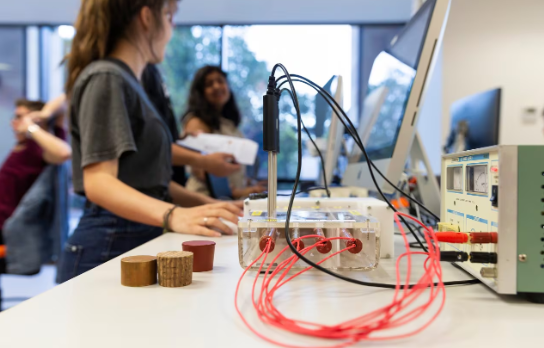
What Does This Have To Do With Me?
In the real world, physics isn’t just about studying hard to get into a good school and get a good job! It helps improve our world in ways you can’t imagine. Physics works with other subjects to create alternate solutions to problems such as global warming and safe, efficient energy. Our world developed new energy sources using our understandings of thermodynamics, quantum mechanics, and nuclear physics. Physics also continues to help us move forward with technological advancements. Many technology breakthroughs only happened because of physics, like how electricity and magnetism (the force that caused magnets to stick and move away from each other) led to the development of electrical power.

Next, physics helped expand our worldwide frameworks, especially when calculating designs of bridges, roads, buildings, etc. Lastly, physics constantly shows up in our everyday life. Our electronics contain electrons, which move under magnetic fields, which is a theory of physics. Medical imaging at hospitals uses magnetic fields and radio waves to produce clear images. Transportation is basically based on Newton’s laws, momentum, energy, and forces. In schools, students are encouraged to pursue physics in colleges and universities and learn a lot more about the subject in many classes. Whether you notice it or not, physics is everywhere. Whenever you get the chance, explore the physics around you!
Fun Facts:
Physics covers a lot, which means it’s bound to have some quirks about it here and there. Below are fun facts that’ll throw your head for a loop:
- Bananas are ever so slightly radioactive, meaning eating millions in a short span of time can kill you
- Yelling at soup can warm it up, but very badly since sound doesn’t carry much energy
- We’d be getting pummeled by the Sun’s solar storms and radiation if not for the Earth’s magnetic field made from the motion of the molten iron of the outer core
- Because time moves faster when you experience less gravity, time goes faster if you’re at the top of a building
- Every object falls at the same speed, but air resistance makes things fall slower or faster
- The expansion of the universe is going faster
- Electrons work differently if you are actively observing them
- Gravity is actually a really weak force compared to the others

Leave a Reply